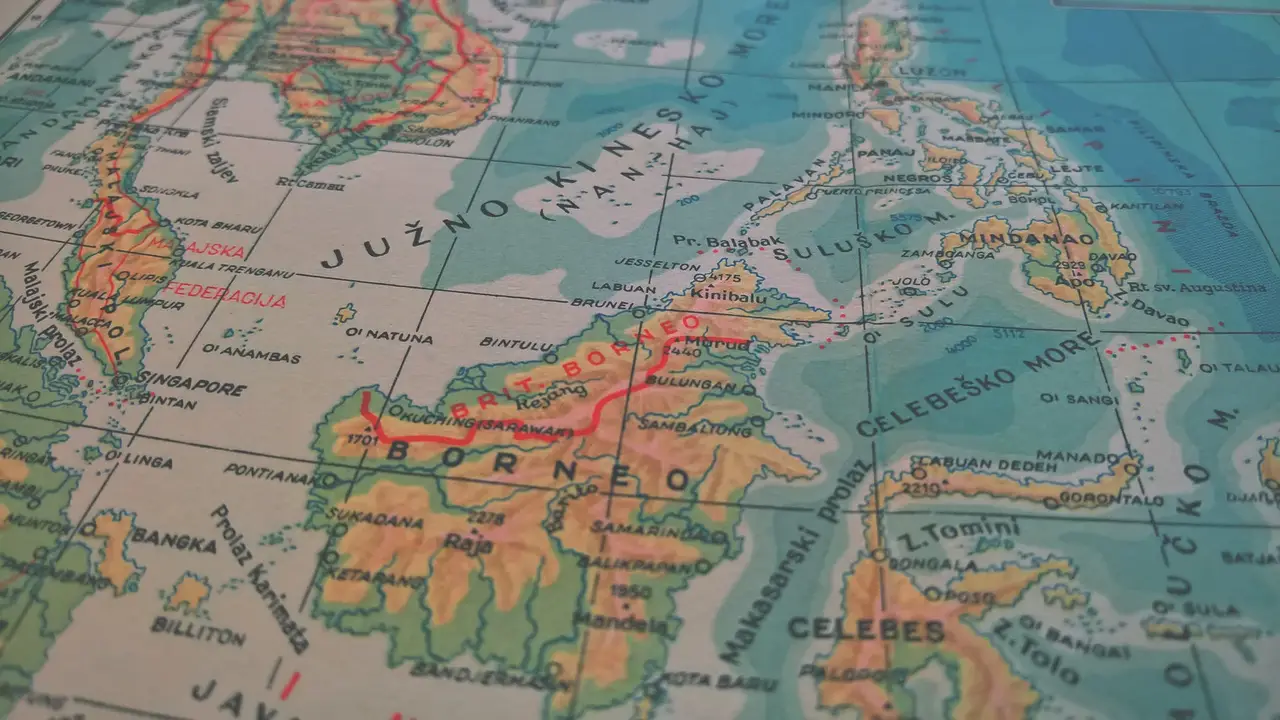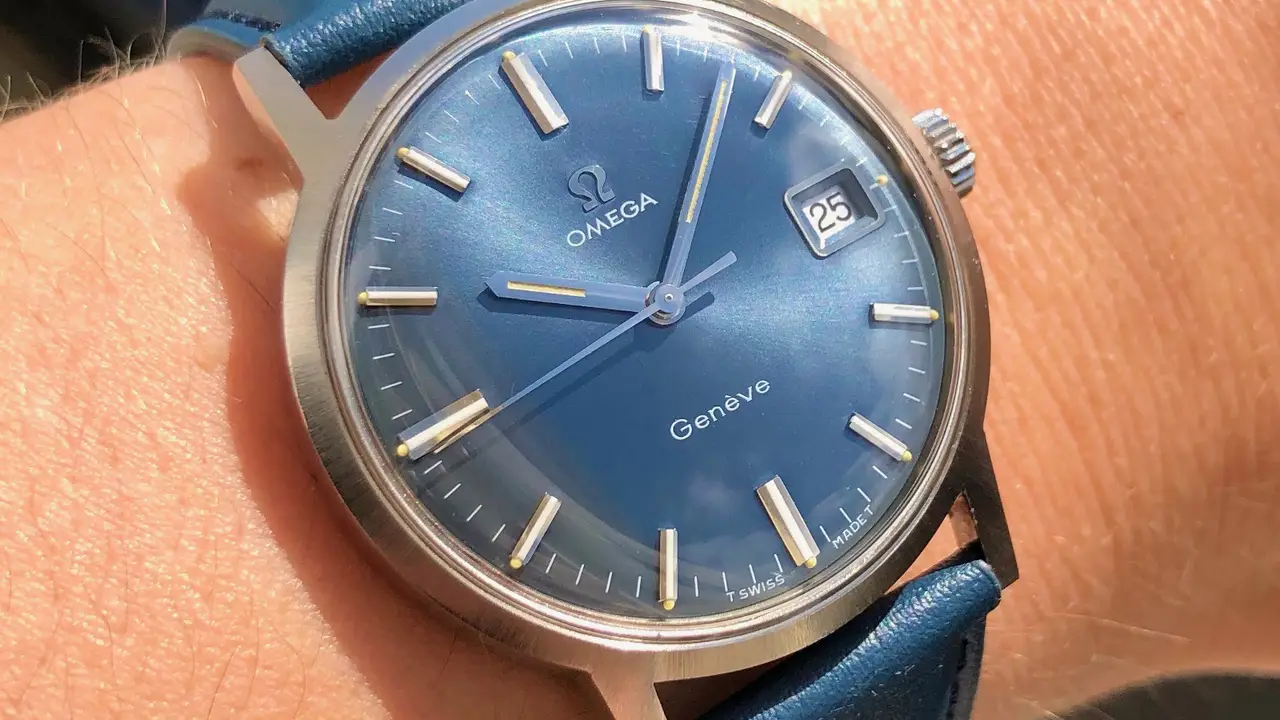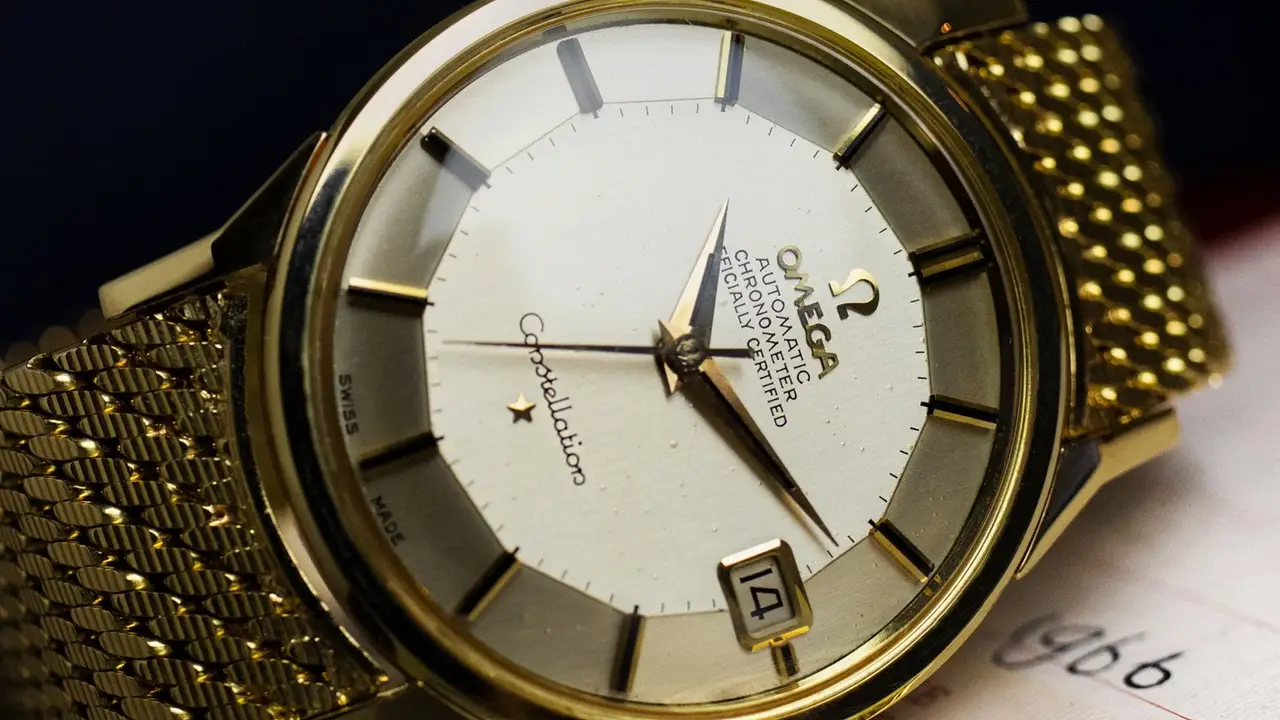Southeast Asia Vintage Watch Market_ Opportunities and Challenges
Explore the opportunities and challenges of the Southeast Asia vintage watch market. Understand local preferences, regulations, and potential investment strategies.

Understanding the Southeast Asia Vintage Watch Market Landscape
Okay, so you're thinking about diving into the vintage watch scene in Southeast Asia? Smart move! It's a booming market, but like any good treasure hunt, you gotta know what you're looking for. We're talking about a region with diverse tastes, economies, and levels of watch knowledge. From Singapore's sophisticated collectors to the emerging markets in Vietnam and Indonesia, understanding the nuances is key.
Think about it: Singapore is a hub for high-end watches, both new and vintage. You'll find serious collectors there, willing to drop serious cash on rare pieces. On the other hand, you have countries like Thailand and Malaysia, where the market is growing rapidly, driven by a burgeoning middle class with a taste for luxury and a growing interest in horology. And then you have Vietnam and Indonesia, markets with incredible potential but also requiring a more boots-on-the-ground approach.
Local Preferences What Southeast Asian Collectors Want
What are these folks actually *buying*? Well, it varies, but there are some common threads. In general, Asian collectors tend to favor watches with smaller case sizes compared to Western preferences. Think 34mm to 38mm – that sweet spot for vintage Rolex Datejusts or Omega Seamasters. Gold watches are also perennially popular, especially in markets like Hong Kong and Singapore, where gold is seen as a symbol of prosperity and status. And of course, condition is king. These collectors appreciate well-preserved pieces with original dials, hands, and movements.
Specific models that tend to do well include:
- Rolex Datejust 1601/1603: A classic for a reason. The fluted bezel and jubilee bracelet are always in style.
- Omega Constellation Pie Pan Dial: The 'pie pan' dial is highly sought after for its unique design and vintage charm.
- Vintage Seiko Grand Seiko: These are becoming increasingly popular, especially among collectors who appreciate Japanese craftsmanship.
Don't underestimate the power of local tastes. For example, certain dial colors or complications might be more desirable in specific regions. Doing your homework and understanding these nuances can give you a significant edge.
Regulations and Import/Export Considerations for Vintage Watches
Alright, let's talk about the less glamorous but equally crucial stuff: regulations. Importing and exporting vintage watches can be a minefield if you're not careful. Each country has its own set of rules, taxes, and customs procedures. Singapore, for example, has relatively straightforward import regulations, while other countries might have stricter requirements and higher duties. It's always a good idea to consult with a local customs broker or legal expert to ensure you're complying with all the necessary regulations.
Here's a quick rundown of some potential hurdles:
- Import duties and taxes: These can vary significantly from country to country.
- CITES regulations: If your watch has parts made from endangered species (like certain types of leather straps), you'll need to comply with the Convention on International Trade in Endangered Species (CITES) regulations.
- Anti-money laundering (AML) regulations: Be prepared to provide documentation proving the origin of your funds, especially when dealing with high-value transactions.
Potential Investment Strategies in the Southeast Asia Vintage Watch Market
So, how can you actually make money in this market? There are several strategies you can pursue:
- Sourcing watches locally and selling them internationally: You could find undervalued watches in Southeast Asia and sell them to collectors in the US or Europe.
- Buying watches internationally and selling them locally: The reverse is also true. You could source rare pieces from abroad and sell them to collectors in Southeast Asia.
- Restoring and selling vintage watches: This requires expertise, but you can significantly increase the value of a watch by restoring it to its original condition.
- Building a local online presence: Create a website or social media account targeting Southeast Asian collectors. Share your knowledge, showcase your inventory, and build a loyal following.
Specific Product Recommendations and Comparisons
Let's get specific. Here are a few vintage watch models that are currently trending in Southeast Asia, along with estimated prices and potential investment angles:
Vintage Rolex Submariner 5513
Description: A classic no-date Submariner from the 1960s or 1970s. These are incredibly versatile and highly sought after.
Typical Price: $15,000 - $30,000 (depending on condition and originality)
Why it's a good investment: The 5513 is a blue-chip vintage Rolex. Prices have been steadily increasing, and it's a safe bet for long-term appreciation.
Ideal Scenario: The Rolex Submariner 5513 is perfect for the collector who wants a versatile, iconic dive watch with a rich history. It's durable enough for daily wear but also valuable enough to be a prized possession.
Vintage Omega Speedmaster Professional 145.022
Description: The 'Moonwatch' worn by astronauts on the Apollo missions. A true icon of horology.
Typical Price: $5,000 - $10,000 (depending on year and condition)
Why it's a good investment: The Speedmaster is a timeless classic with a fascinating story. Prices are relatively stable, and it's a great entry point into vintage watch collecting.
Ideal Scenario: The Omega Speedmaster Professional 145.022 is ideal for the history buff or space enthusiast. It's a conversation starter and a piece of wearable history.
Vintage Seiko Grand Seiko 45GS
Description: A high-beat, hand-wound Grand Seiko from the 1970s. Known for its exceptional movement and elegant design.
Typical Price: $1,500 - $3,000 (depending on condition and model)
Why it's a good investment: Vintage Grand Seikos are undervalued compared to their Swiss counterparts. They offer incredible value for money and are gaining popularity among collectors.
Ideal Scenario: The Seiko Grand Seiko 45GS is perfect for the collector who appreciates Japanese craftsmanship and wants a unique, elegant dress watch.
Comparison: The Rolex Submariner is the most expensive and well-known of the three, offering the highest potential for appreciation but also requiring a larger initial investment. The Omega Speedmaster is a more accessible option with a rich history and a stable market. The Grand Seiko offers the best value for money, providing exceptional quality and design at a lower price point.
Navigating the Challenges of the Southeast Asia Market
Of course, it's not all sunshine and rainbows. There are challenges to be aware of. One of the biggest is the prevalence of fakes and frankenwatches (watches assembled from different parts). It's crucial to thoroughly research any watch before buying it and to only deal with reputable dealers. Another challenge is the language barrier. If you don't speak the local language, you might need to hire a translator to negotiate deals and navigate regulations. Finally, be prepared to be patient. Building relationships and establishing trust takes time, especially in a market where personal connections are highly valued.
Final Thoughts
The vintage watch market in Southeast Asia is a dynamic and exciting place to be. With careful research, a strategic approach, and a little bit of luck, you can find some incredible opportunities and build a profitable business. Just remember to do your homework, be patient, and always prioritize authenticity and transparency.
:max_bytes(150000):strip_icc()/277019-baked-pork-chops-with-cream-of-mushroom-soup-DDMFS-beauty-4x3-BG-7505-5762b731cf30447d9cbbbbbf387beafa.jpg)






